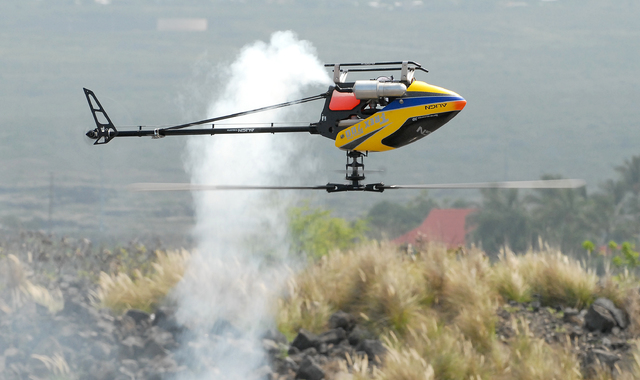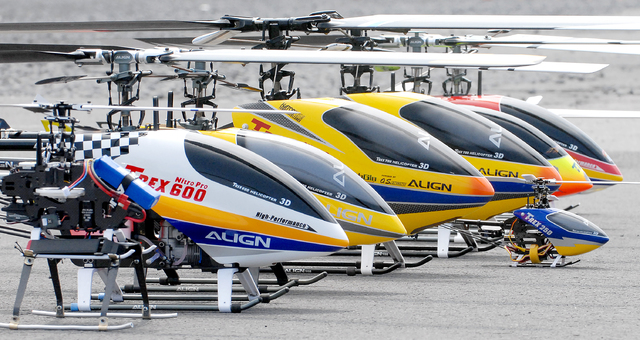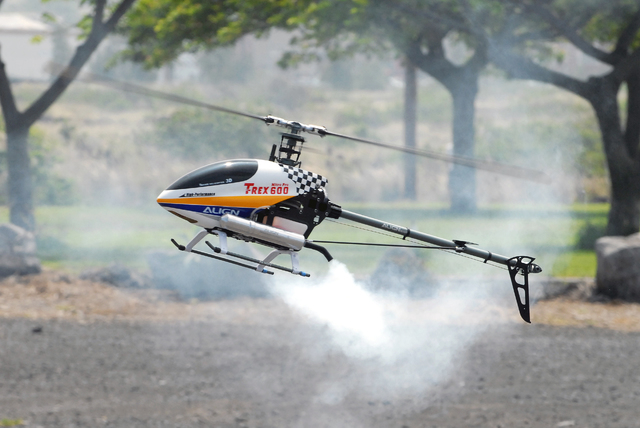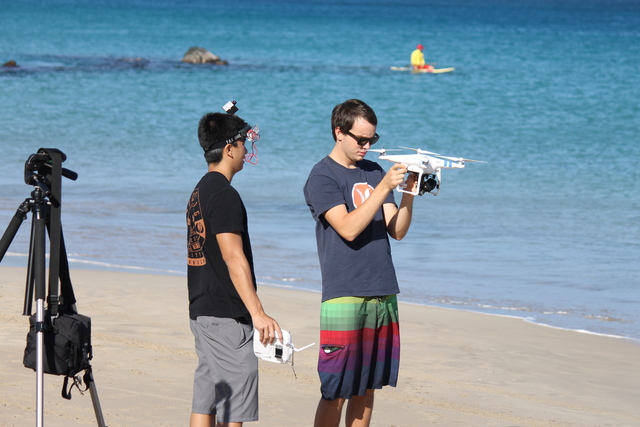They’re being used to map lava flows and photograph crime scenes and trophy properties. They’re also crashing in yards, having close encounters with jetliners and snapping images in areas otherwise off limits.
The exploding popularity of unmanned aircraft systems — also known as drones — has brought with it a plethora of privacy and safety issues. This week, the Federal Aviation Administration announced a new online database where hobbyists and owners of recreational drones — and even those who operate radio controlled planes weighing more than 0.55 pounds — must register their aircraft.
It will provide what might be the only link between a crashed or misused devise and its owner. And FAA documents detailing scores of close calls with aircraft show it might be time to regulate drone use — even in Hawaii.
On April 24, a drone was reported crossing an airfield at Lihue Airport on Kauai. On June 4, a pilot inbound to the commuter terminal at Hilo International Airport reported passing over a drone 500 feet below him. And on July 9, 2014, a Mokulele flight reported a drone 50 to 75 feet off the right wing while passing near Punchbowl at about 2,000 feet.
Blake Senderling can see how it’s gotten to this point. The president of the Kona R/C Fliers said some club members already had strange drones land in their yards.
“Most people don’t learn the flying rules,” he said.
That said, the 30-some members of the remote control club have raised concerns about what appears to be another way for the government to gather personal information — and millions of dollars for which it won’t have a purpose.
“They’re just going to collect millions, and its going to be impossible to regulate,” he said.
Fliers who find a new drone under the Christmas tree must register the machine before their first outdoor flight, the FAA announced Monday.
Owners who bought their drones prior to Dec. 21 have until Feb. 19 to enter their names, physical and mail addresses and email into the database. Operators must mark their machines with an FAA-issued number and have their registration card in their pocket while flying.
Registration is free for the first 30 days. After that, the fee is $5.
The cost is not high. But noncompliance could be a real hit to the wallet.
The FAA can slap a $27,500 civil fine on those who fail to register their flying machines. Criminal penalties could be as high as $250,000 and imprisonment for three years. The rule applies to all unmanned aircraft weighing a half pound up to 55 pounds.
Most children’s toys fall beneath the weight limit and do not need to be registered.
The Kona R/C Fliers have a field near Honokohau Harbor they dedicated to flying activity under their own set of rules. Members already were issued registration numbers by the Academy of Model Aeronautics and are insured by the academy, which also sets guidelines on how and where craft can be flown. The AMA and FAA are working together to figure out how the new rules will apply to club members, Senderling said.
For club members, it might be as simple as making sure the numbers they already are assigned are affixed to their aircraft.
“We’re waiting to hear. If they want us to register, we’ll register,” Senderling said. “We’re all legal fliers, and we don’t want trouble.”
There have been numerous close encounters between drones and large aircraft in the past few years as operators ignore rules that drones must stay under 400-foot altitude and at least 3 miles from an airport.
In April, Travis Sanders of Puna was tasered by a park ranger in a confrontation after he used a drone to photograph a lava lake at the Overlook Crater in Hawaii Volcanoes National Park. Park officials said Sanders was acting unpredictably and that the ranger acted in the interest of ensuring the safety of numerous bystanders. The use of drones in a national park is illegal.
Miles Fry, a local radio controlled plane enthusiast who is an ex-Naval aviator, recently witnessed a man flying a drone over traffic along Queen Kaahumanu Highway. Tourists at Two-Step, a favorite South Kona swimming hole, also have looked up to a buzzing noise to see a visitor hovering a drone just feet above in an attempt to photograph historical sites at Puu Honua o Honaunau.
“They’re highly engineered; you can’t call them a toy by any means,” Fry said. “There are some people who will get a hold of something like that and abuse it.”
Email Bret Yager at byager@westhawaiitoday.com.













